Notre-Dame de Paris (/ˌnɒtrə ˈdɑːm, ˌnoʊtrə ˈdeɪm, ˌnoʊtrə ˈdɑːm/; French: [nɔtʁə dam də paʁi] (About this soundlisten); meaning "Our Lady of Paris"), referred to simply as Notre-Dame,[a] is a medieval Catholic cathedral on the Île de la Cité in the 4th arrondissement of Paris. The cathedral was consecrated to the Virgin Mary and considered to be one of the finest examples of French Gothic architecture. Its pioneering use of the rib vault and flying buttress, its enormous and colourful rose windows, as well as the naturalism and abundance of its sculptural decoration set it apart from the earlier Romanesque style. Major components that make Notre Dame stand out include one of the world's largest organs and its immense church bells. The cathedral's construction was begun in 1160 under Bishop Maurice de Sully and was largely complete by 1260, though it was modified frequently in the following centuries. In the 1790s, Notre-Dame suffered desecration during the French Revolution; much of its religious imagery was damaged or destroyed. In the 19th century, the cathedral was the site of the coronation of Napoleon I and funerals of many Presidents of the Republic. Popular interest in the cathedral blossomed soon after the publication, in 1831, of Victor Hugo's novel Notre-Dame de Paris (better known in English as The Hunchback of Notre-Dame). This led to a major restoration project between 1844 and 1864, supervised by Eugène Viollet-le-Duc. The liberation of Paris was celebrated within Notre-Dame in 1944 with the singing of the Magnificat. Beginning in 1963, the cathedral's façade was cleaned of centuries of soot and grime. Another cleaning and restoration project was carried out between 1991 and 2000. The cathedral was one of the most widely recognized symbols of the city of Paris and the French nation. As the cathedral of the Archdiocese of Paris, Notre-Dame contains the cathedra of the Archbishop of Paris (Michel Aupetit). In 1805, Notre-Dame was given the honorary status of a minor basilica. Approximately 12 million people visit Notre-Dame annually, making it the most visited monument in Paris. The cathedral was renowned for its Lent sermons founded by the Dominican Jean-Baptiste Henri Lacordaire in the 1860s. In recent years, an increasing number have been given by leading public figures and state employed academics.




















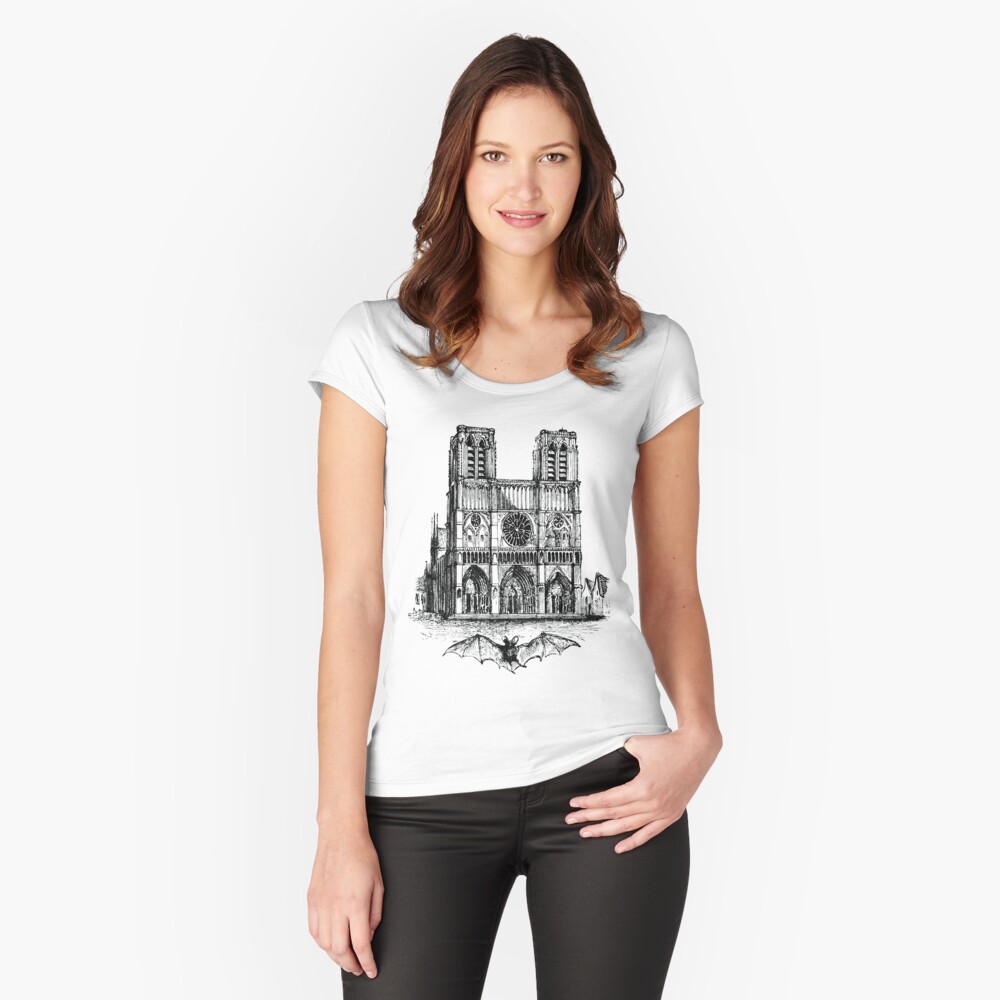






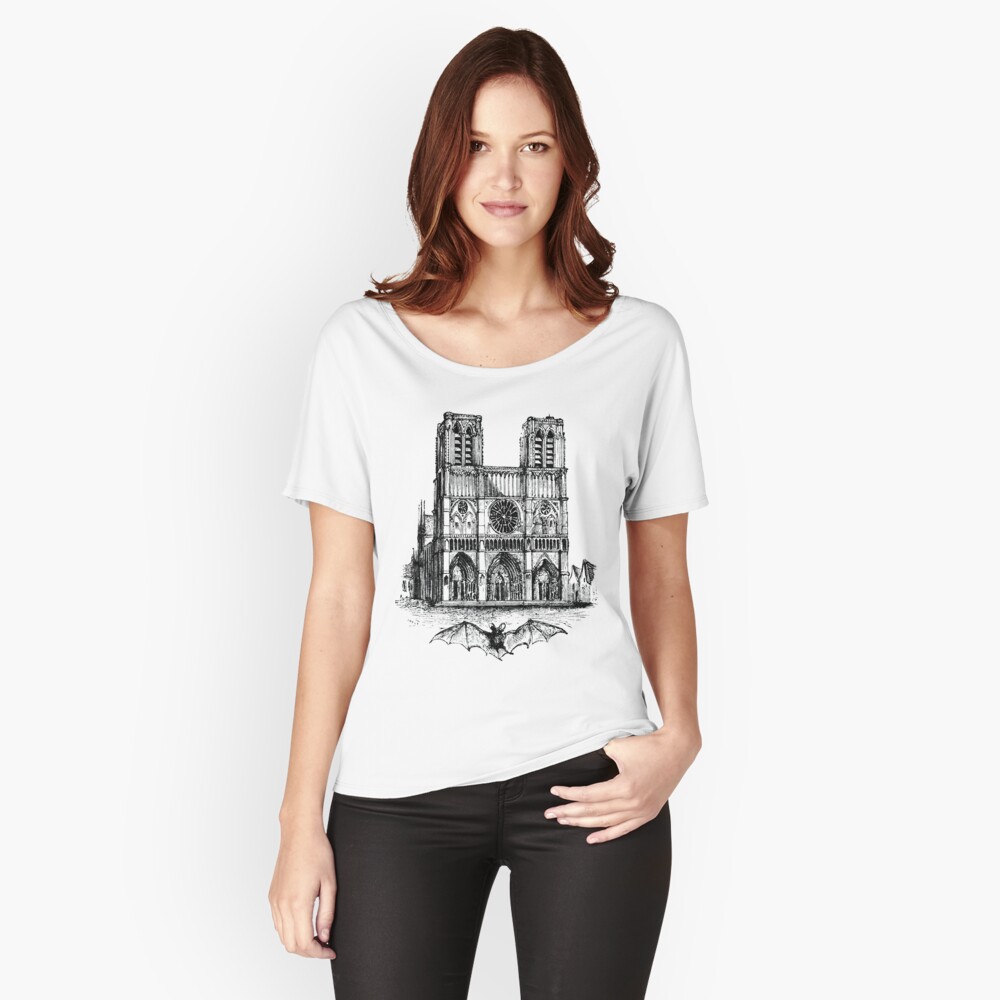
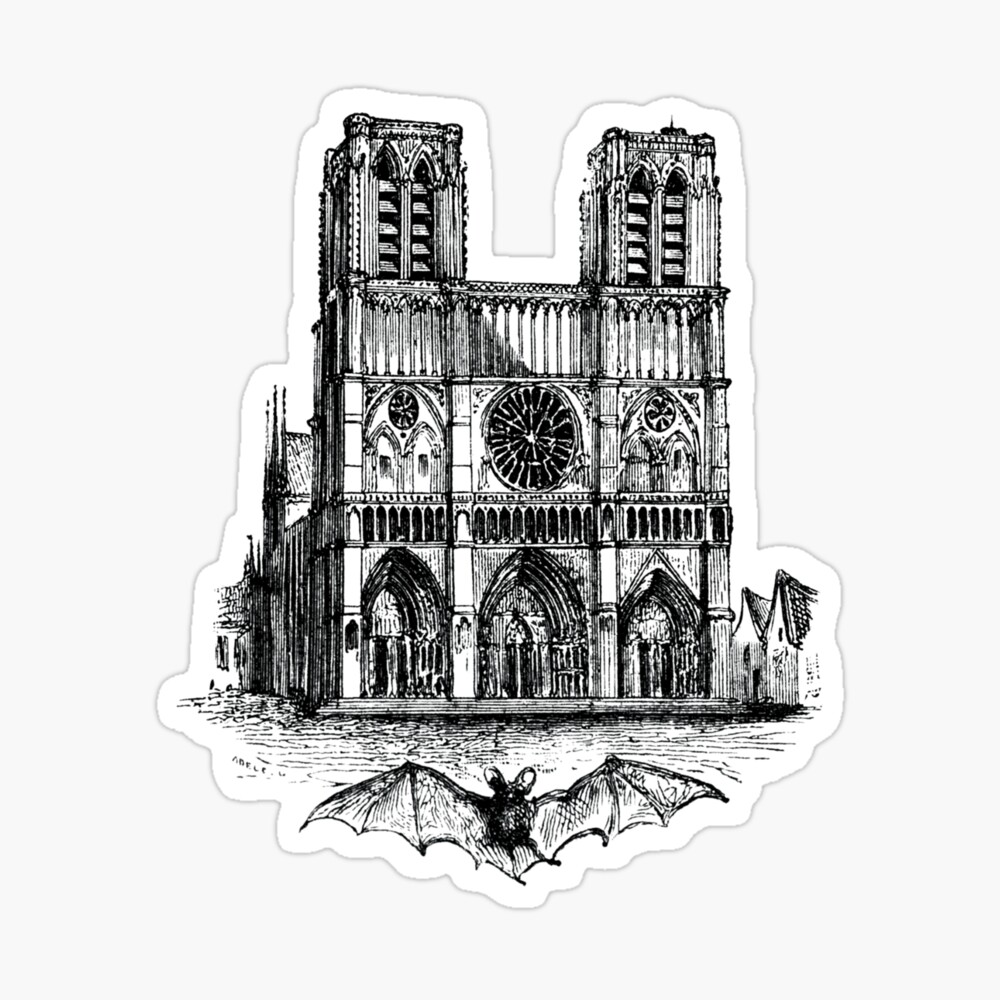


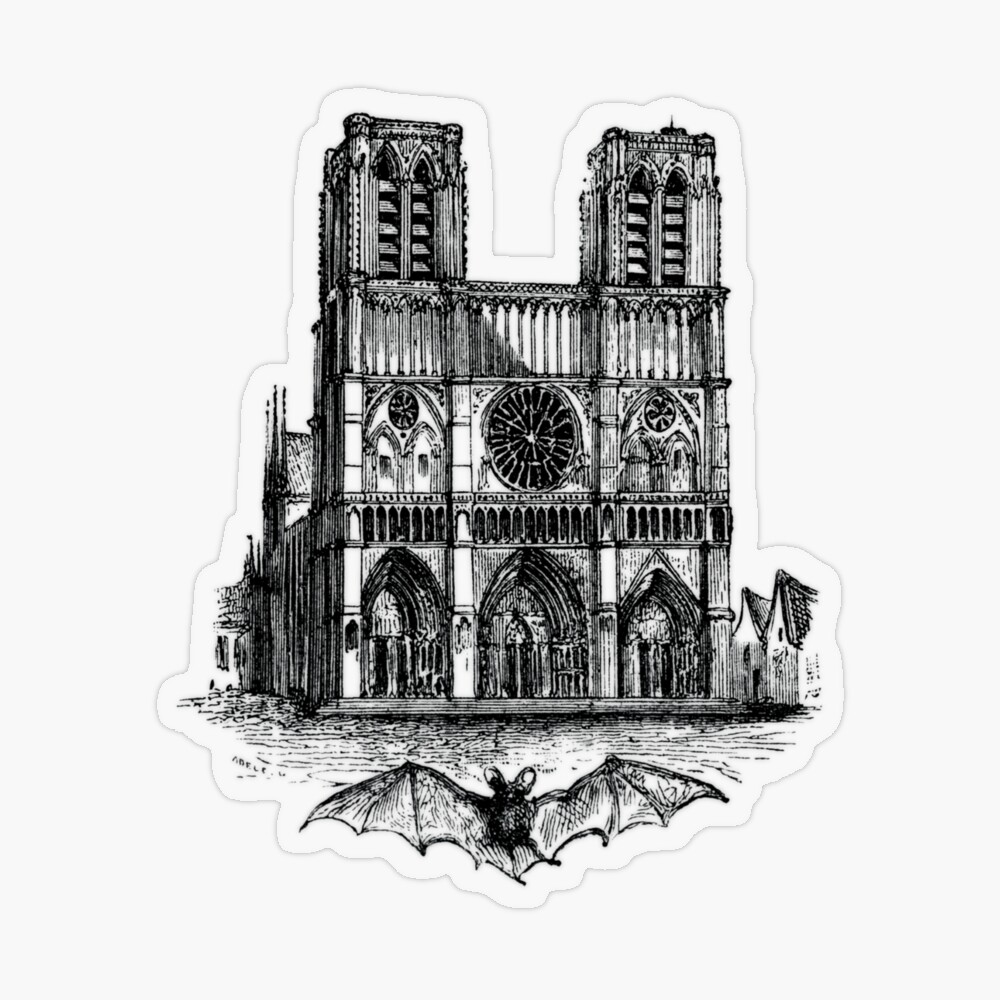












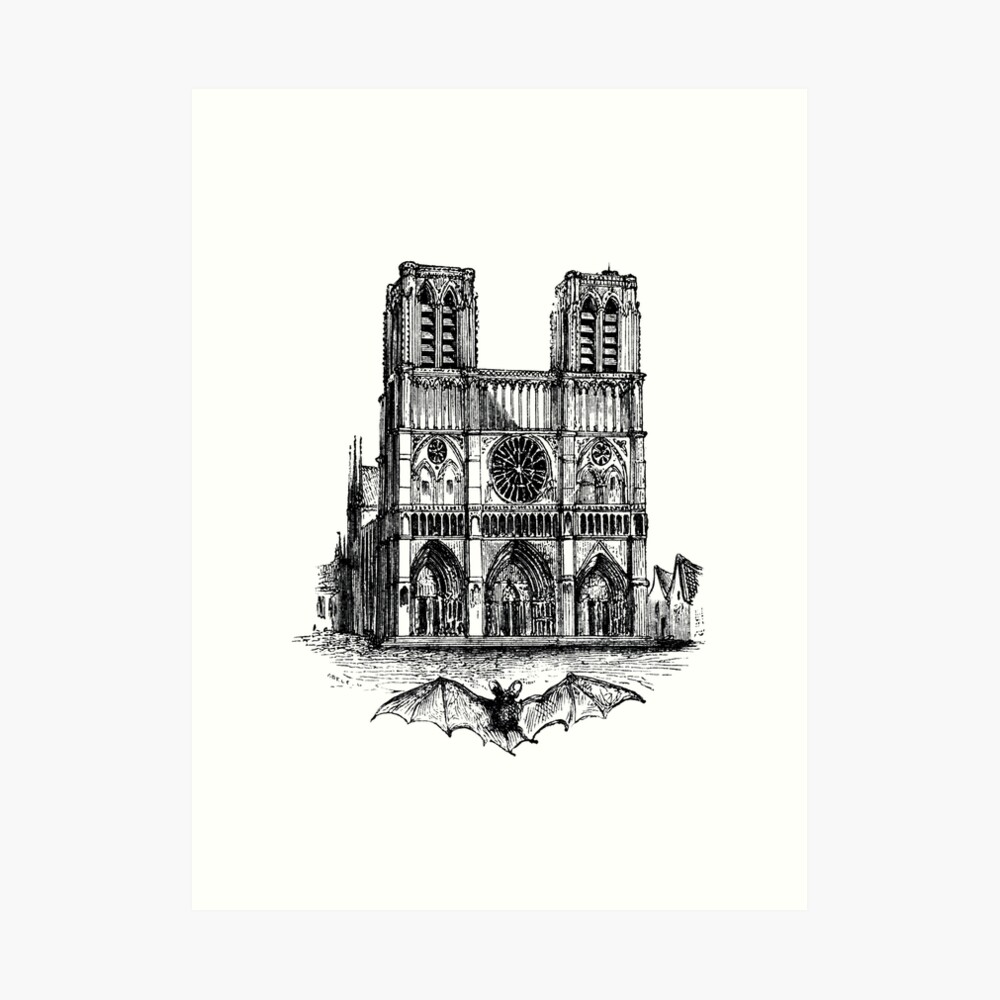
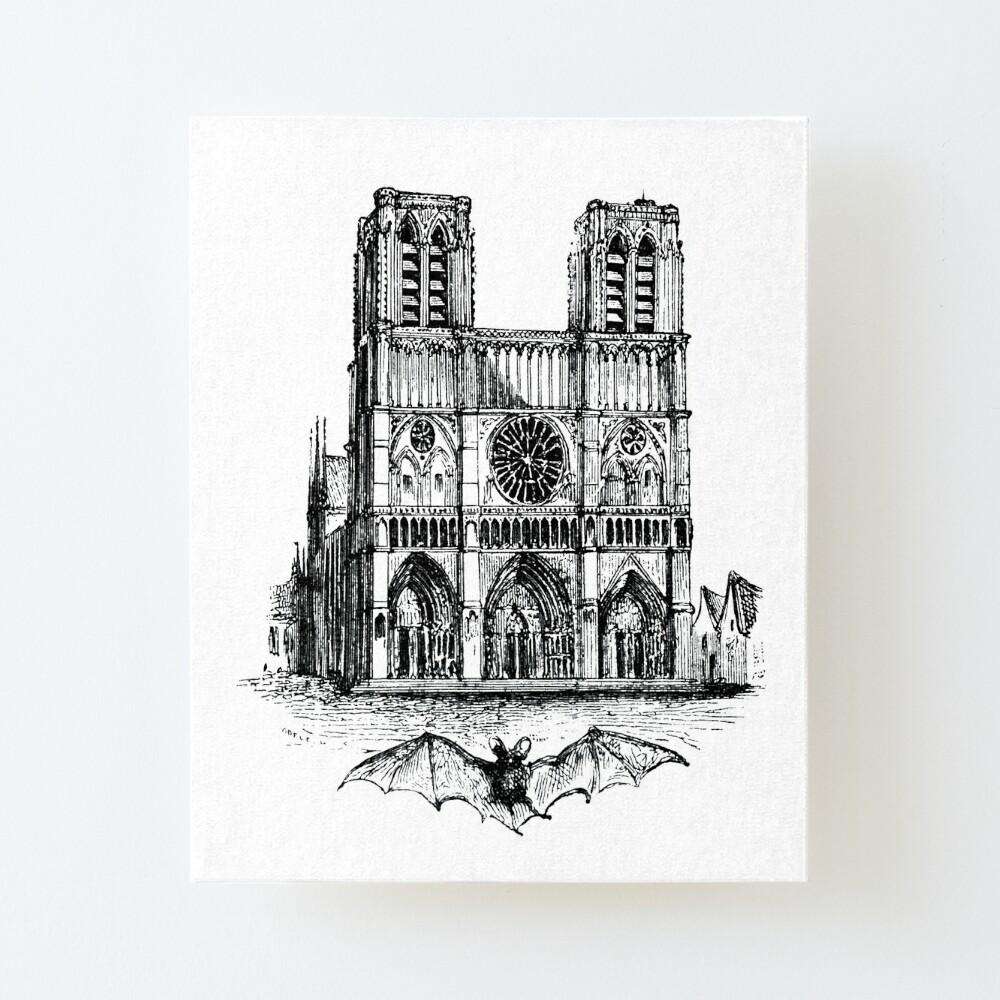

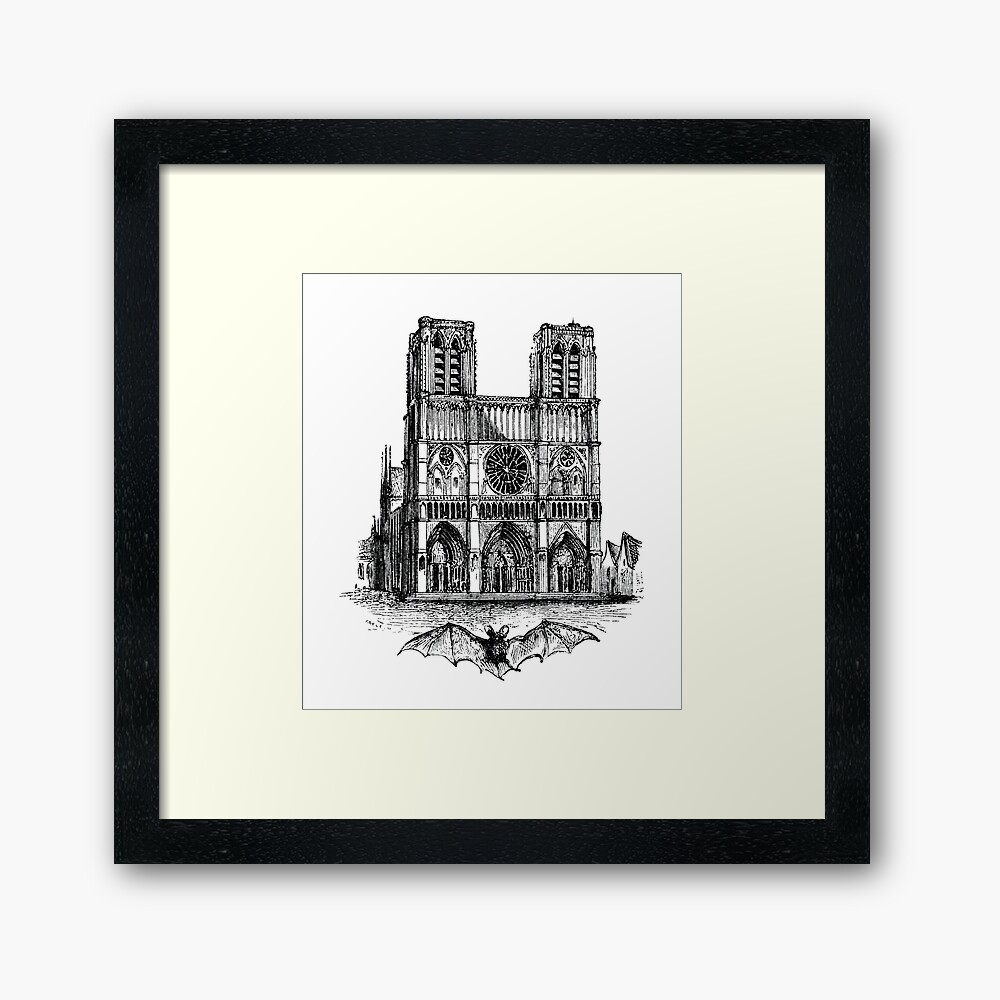
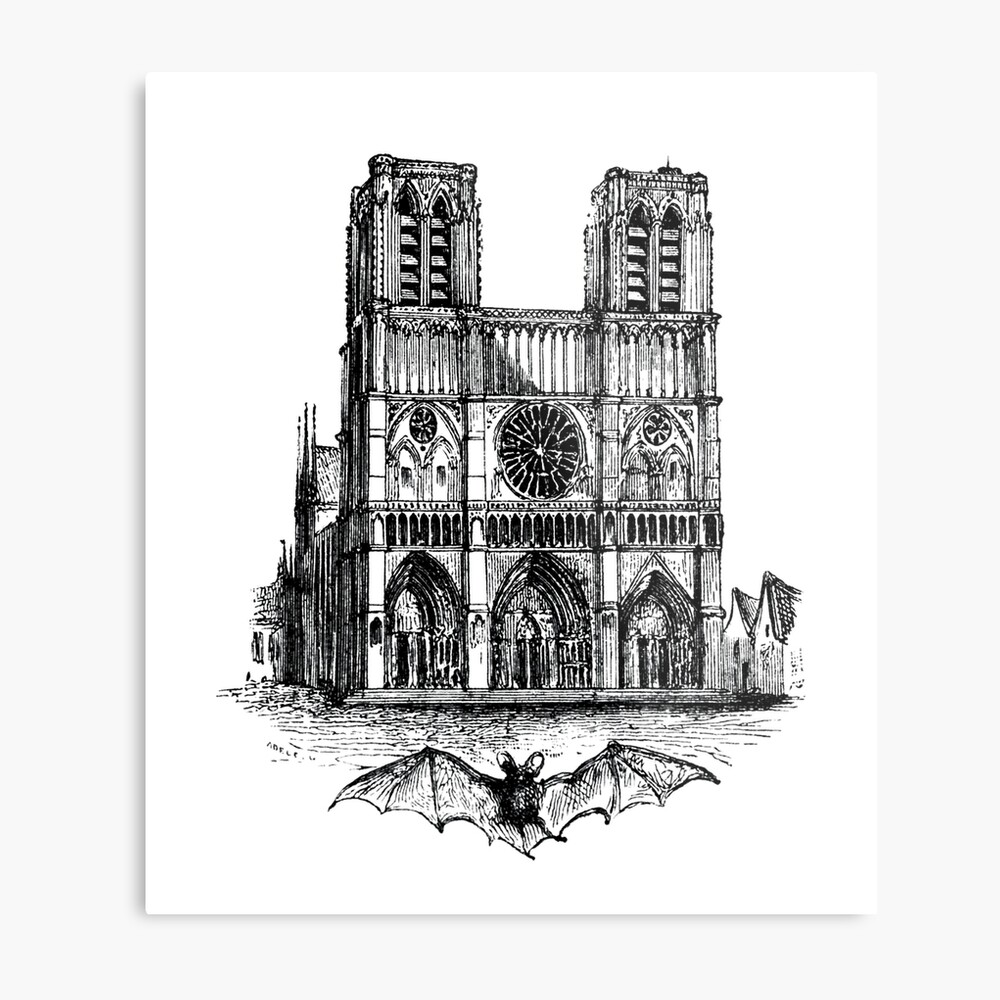
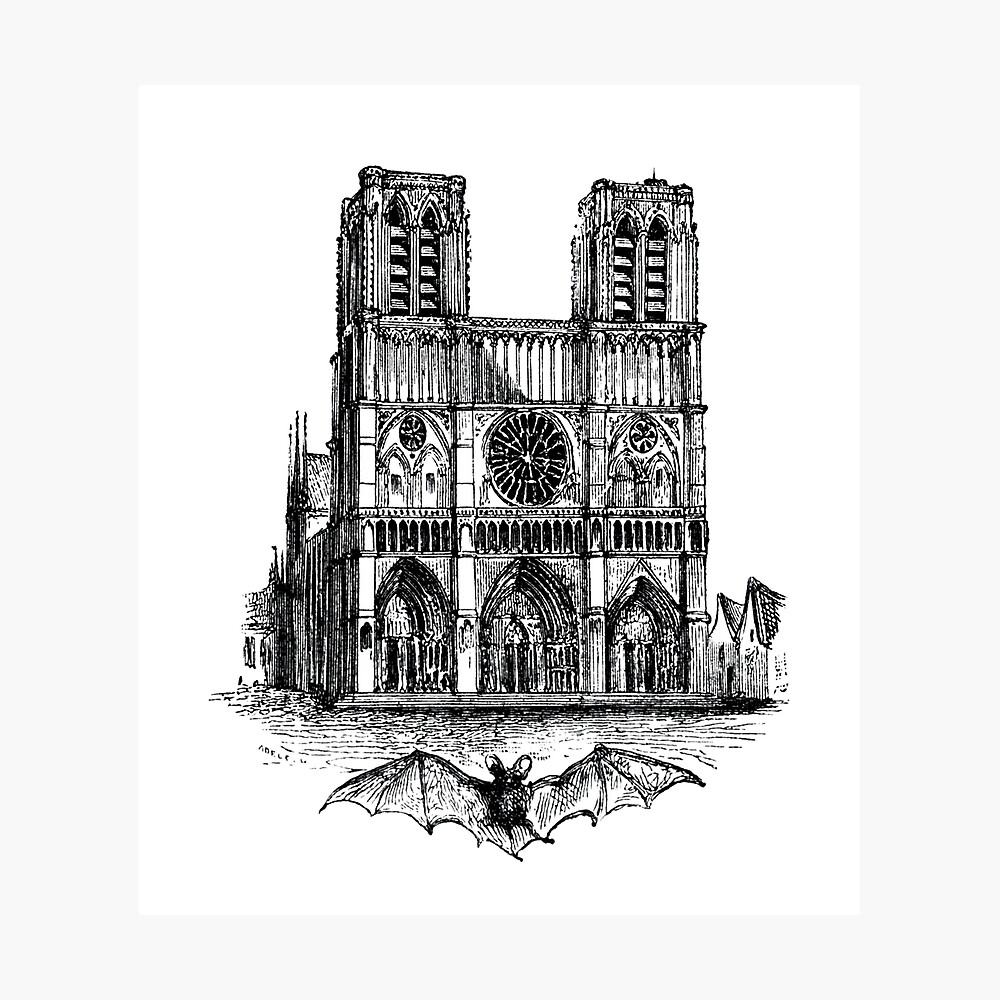

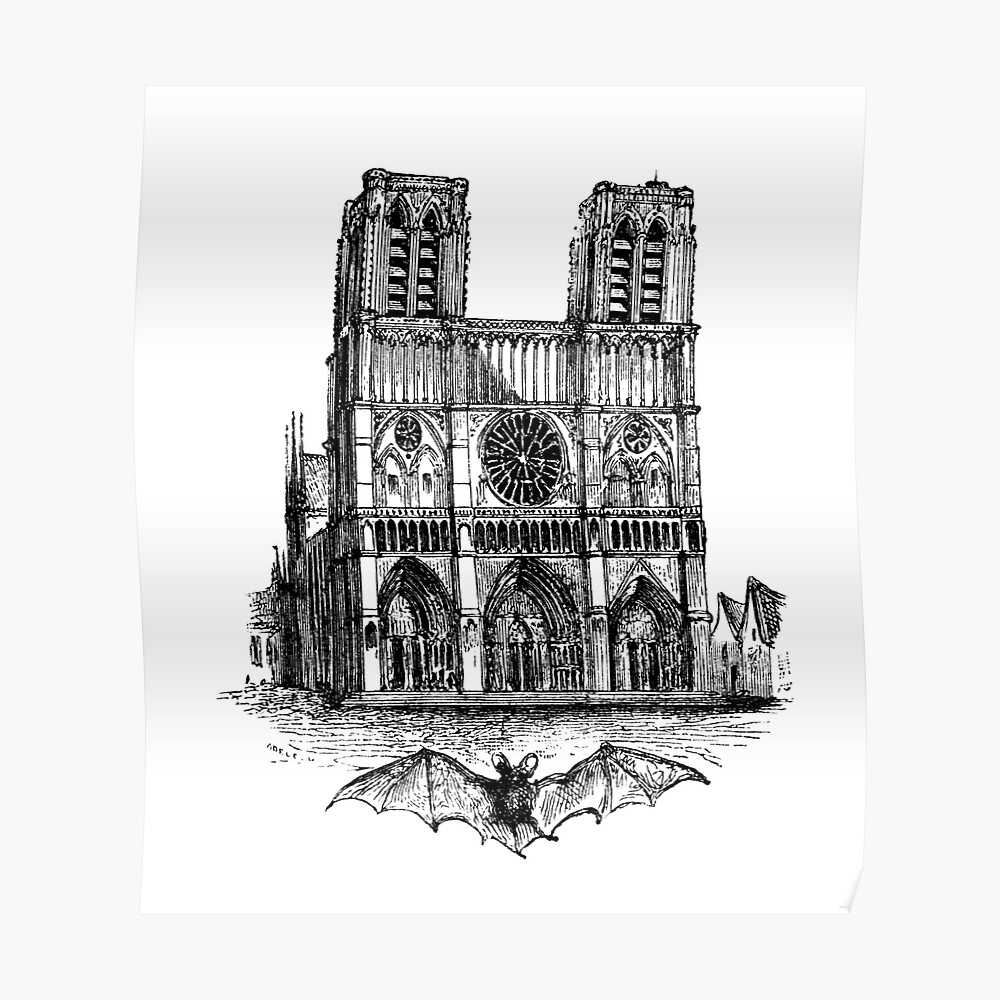

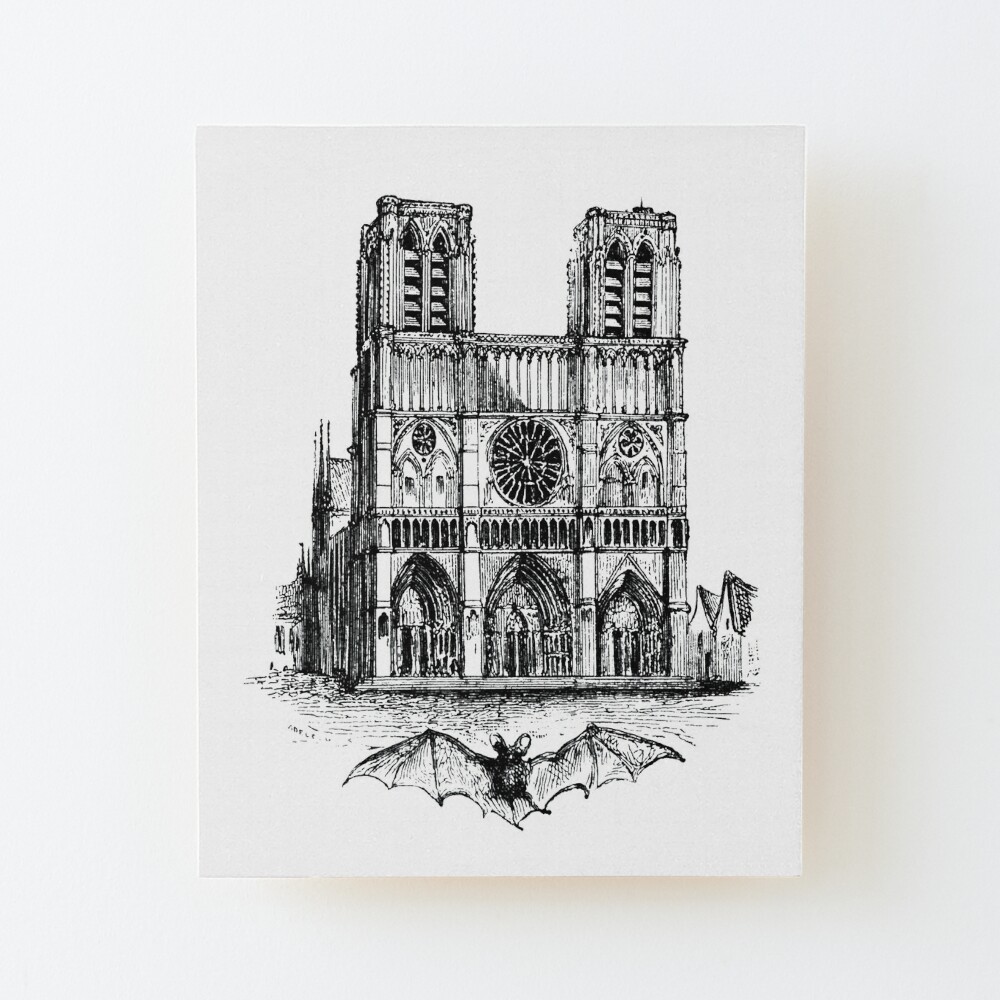

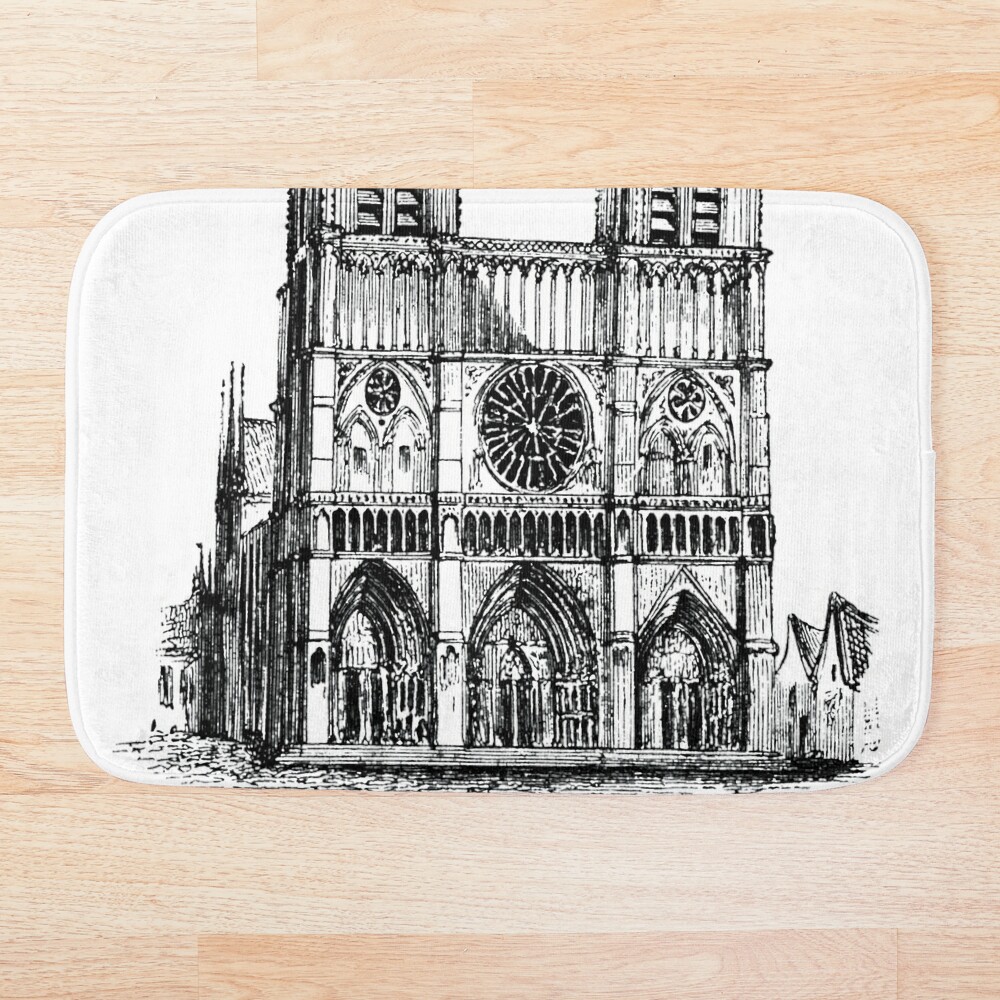
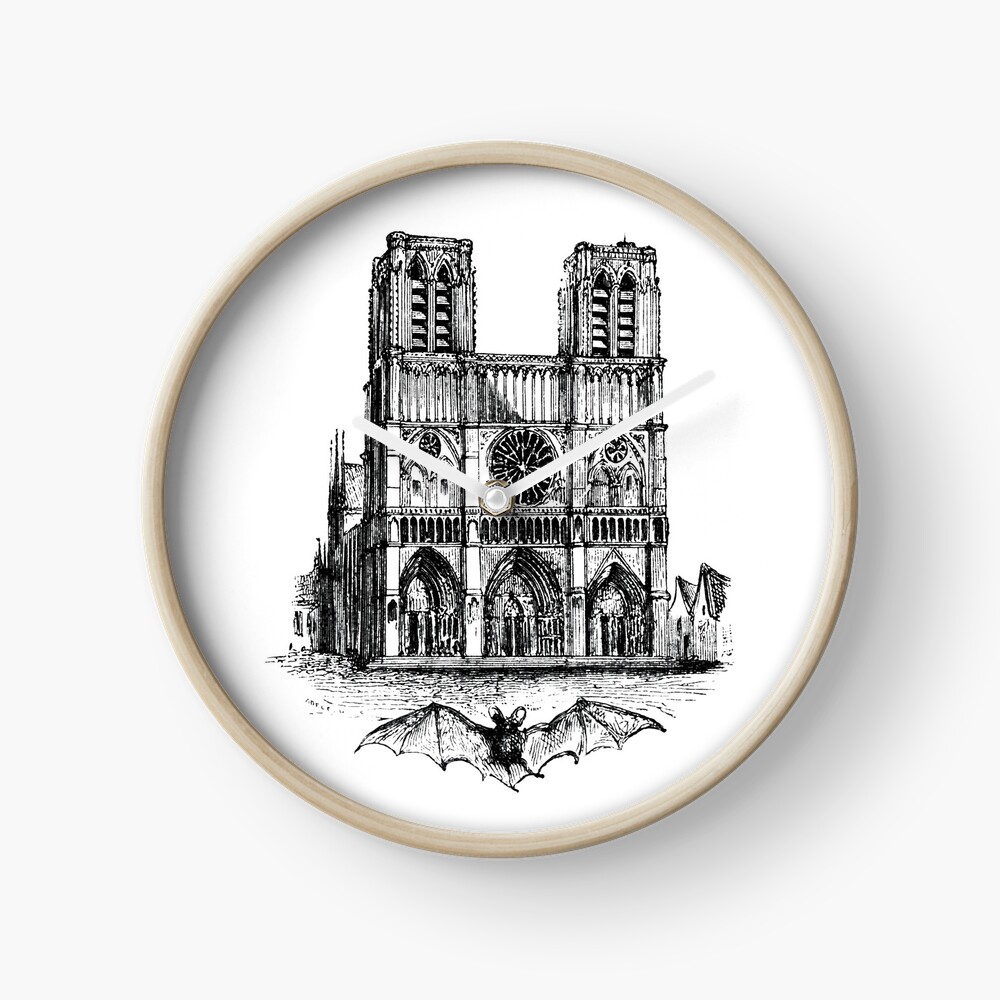
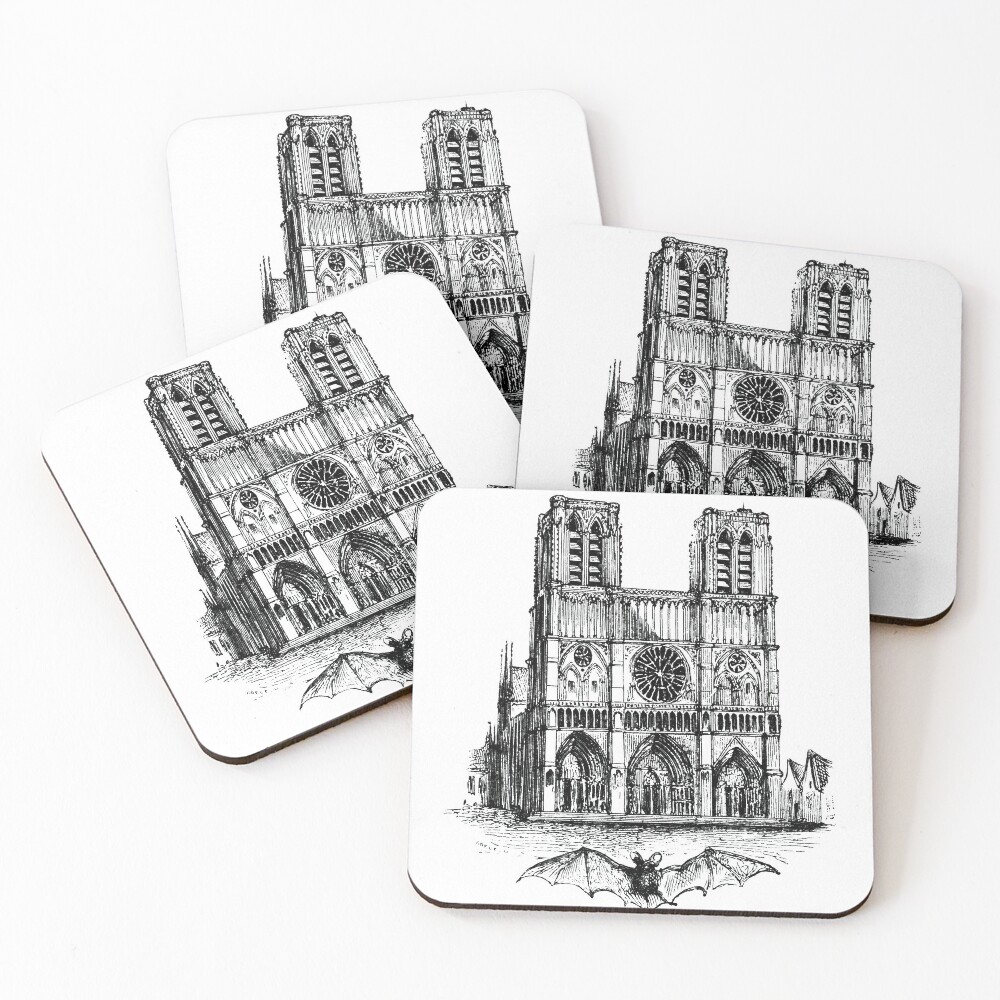



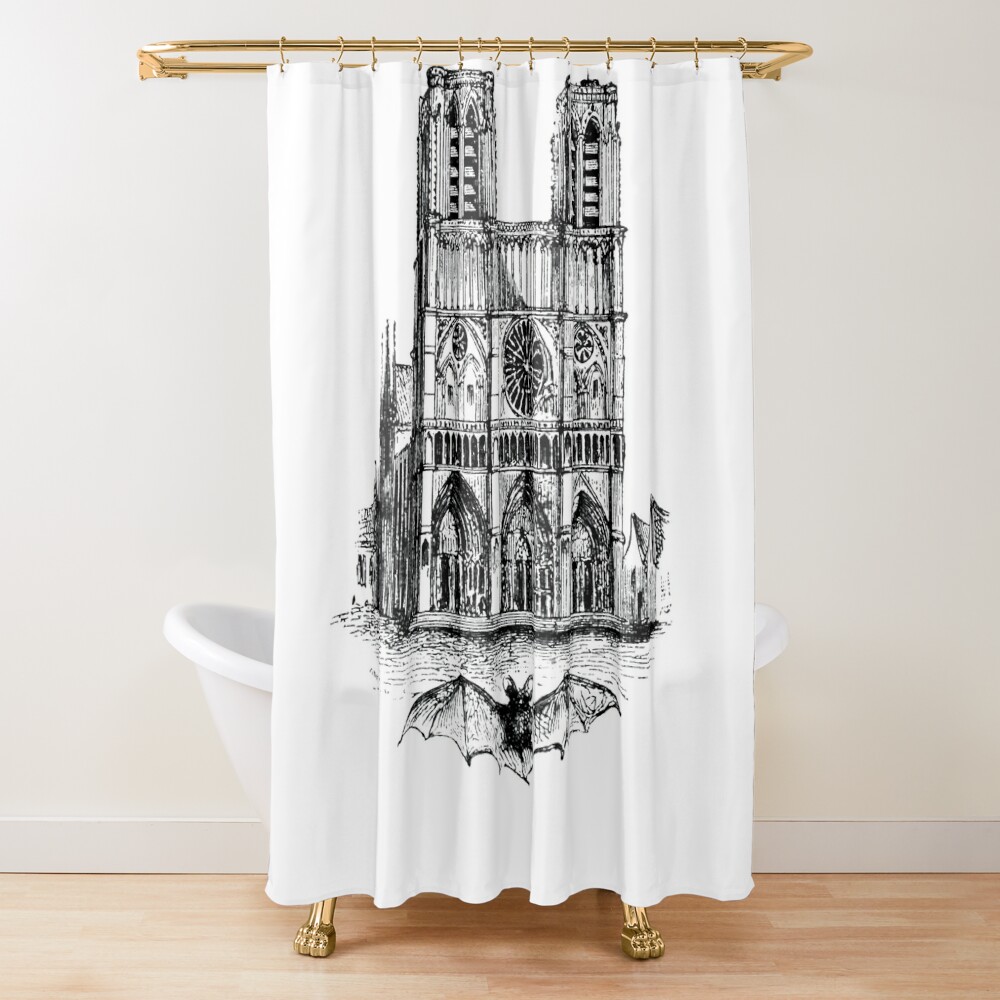















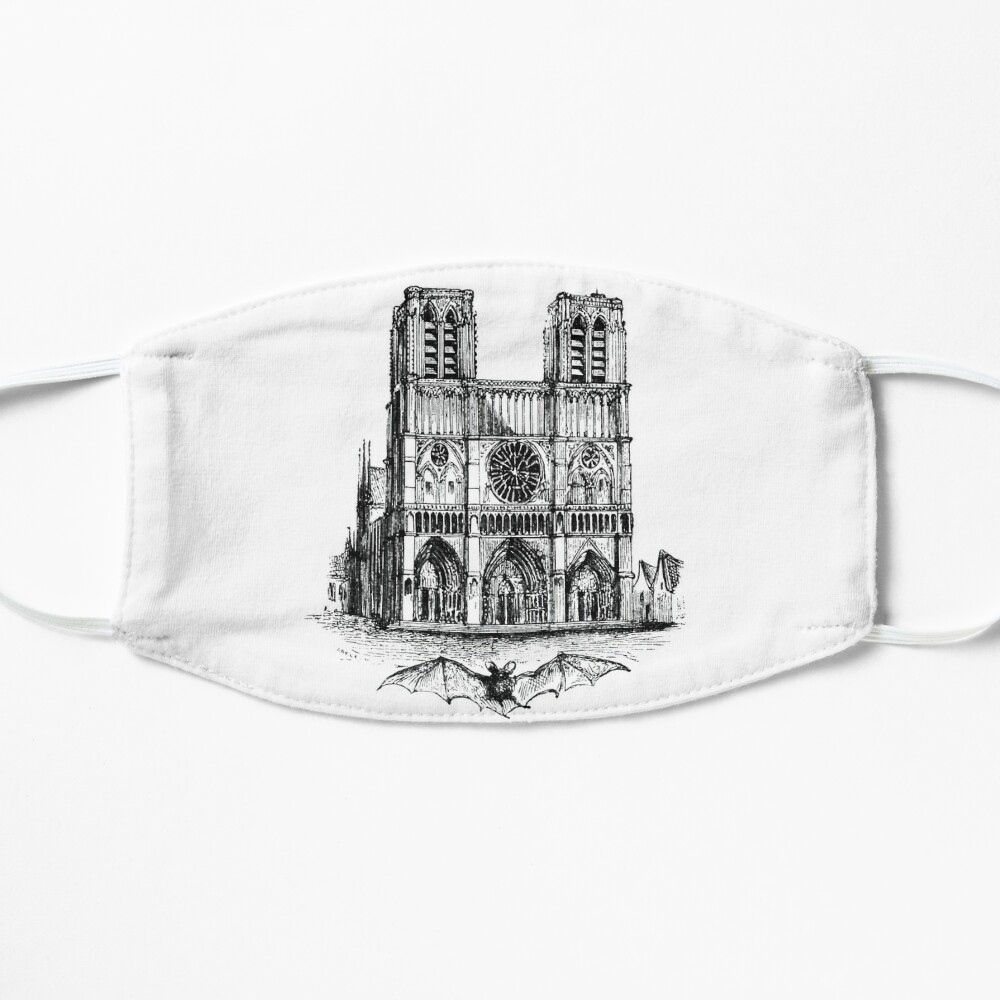
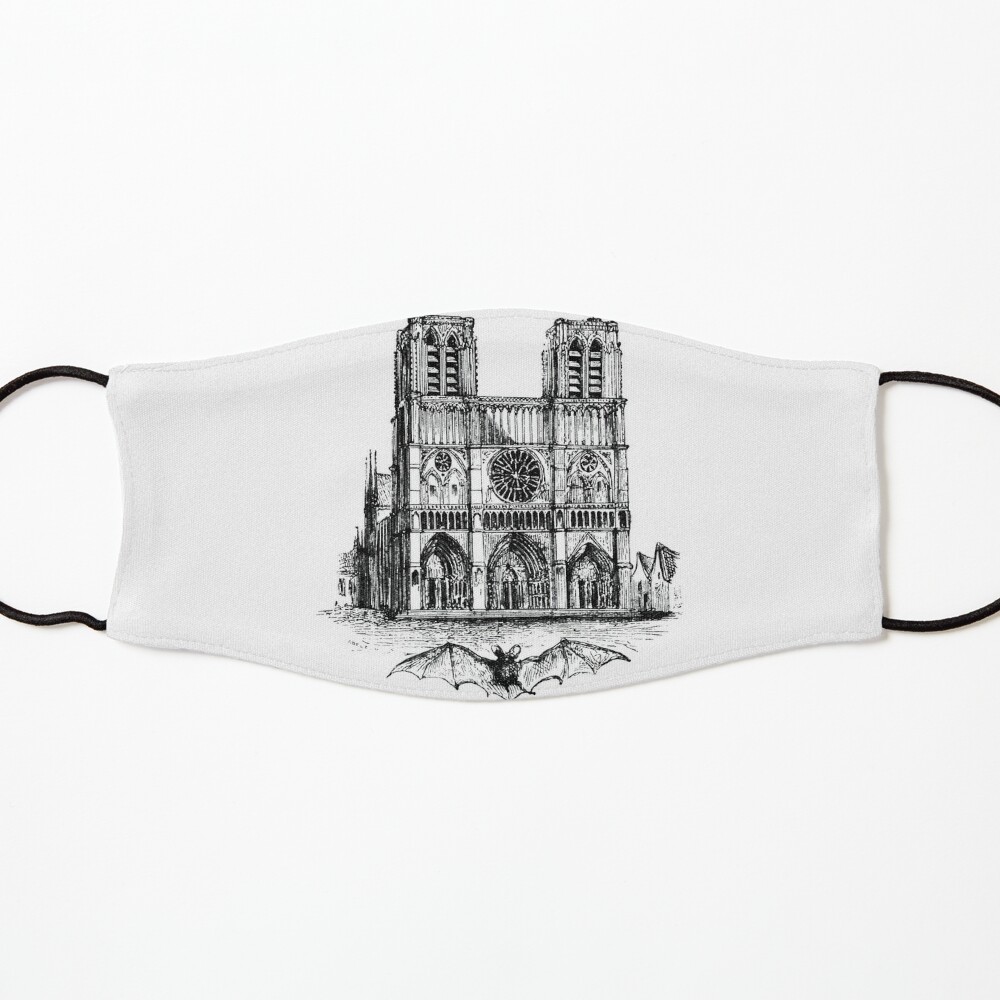
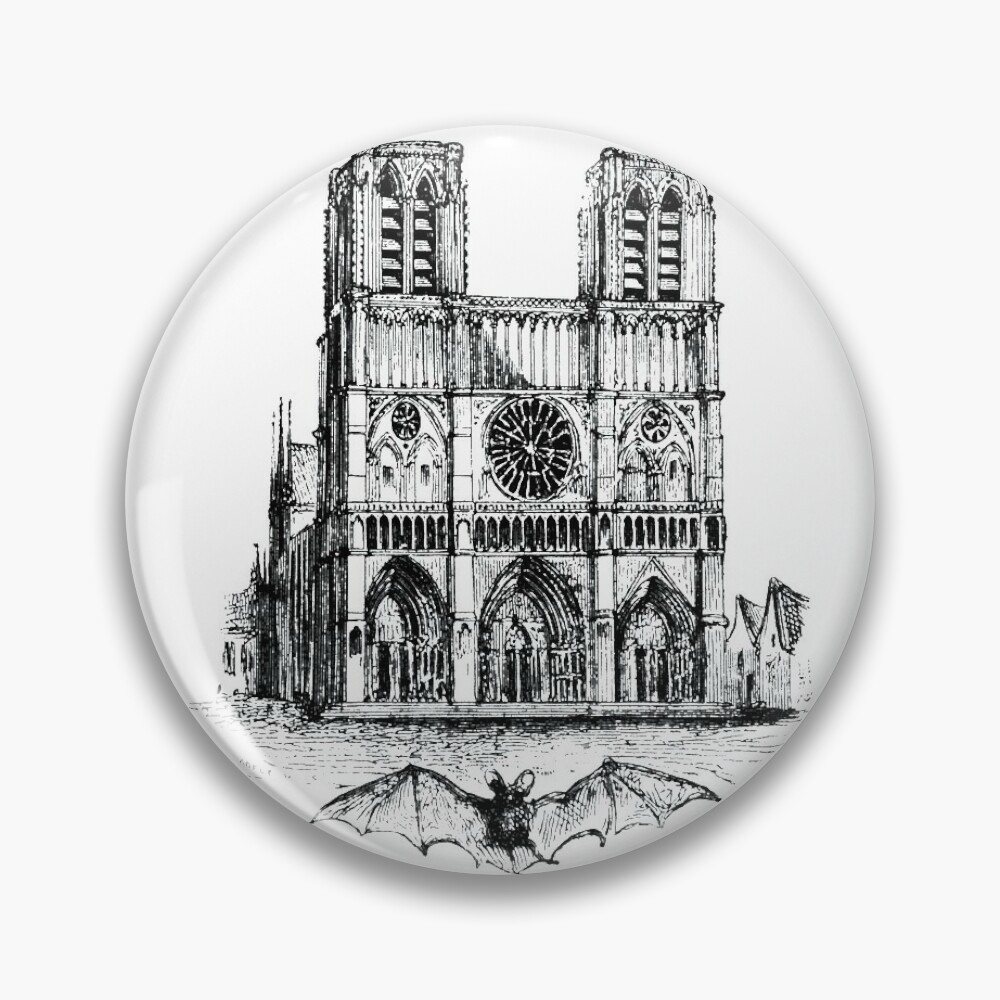




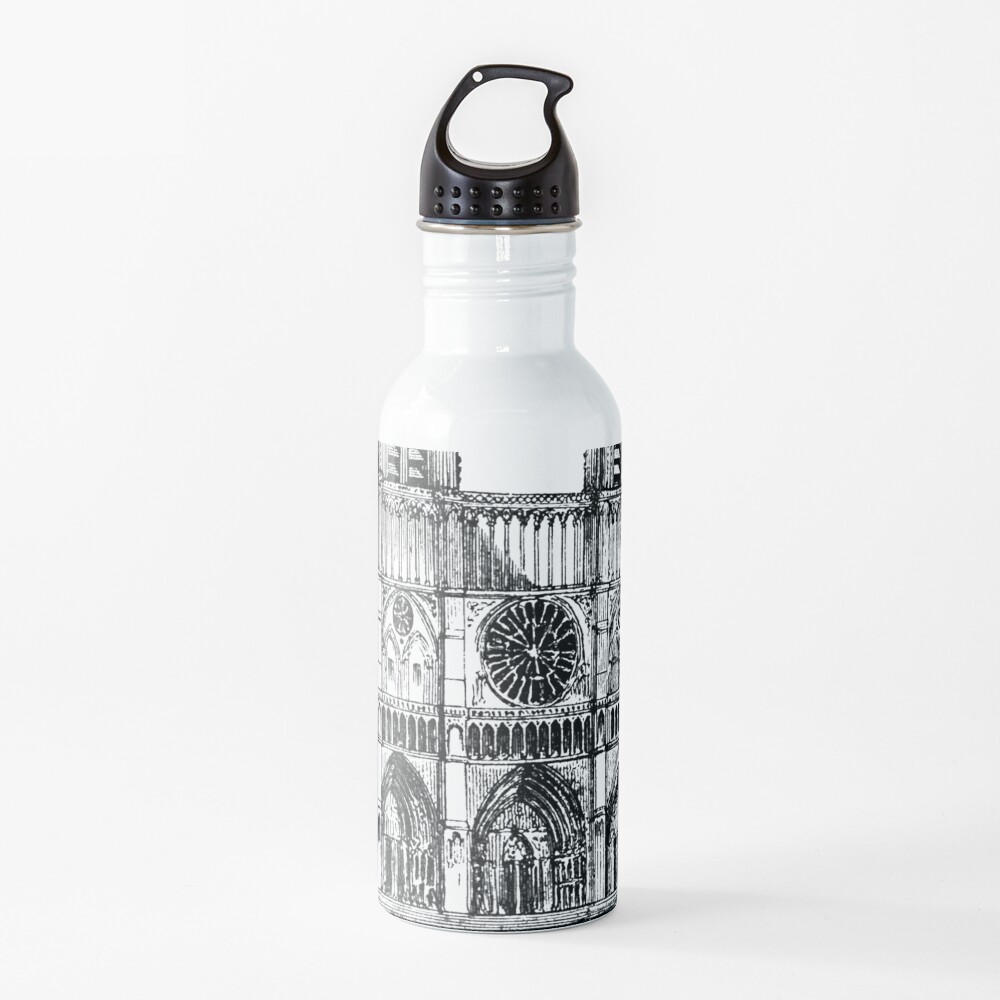

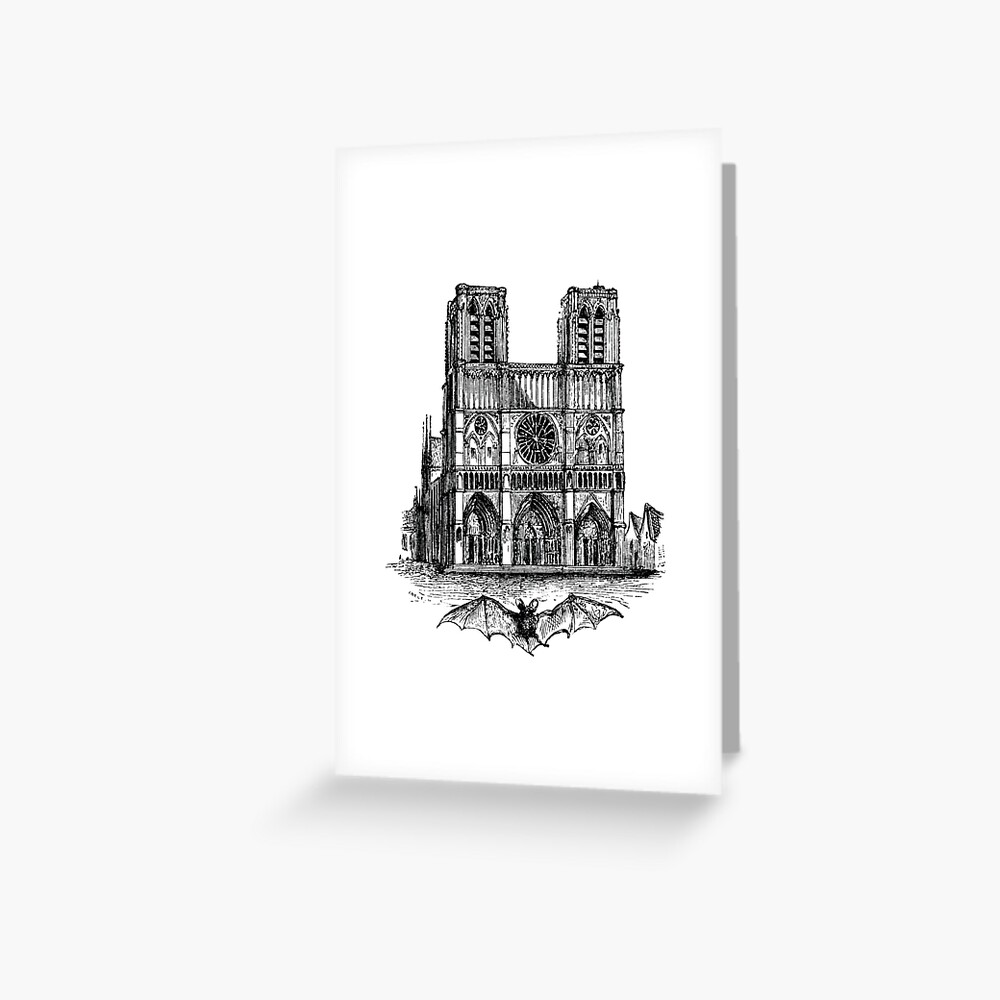
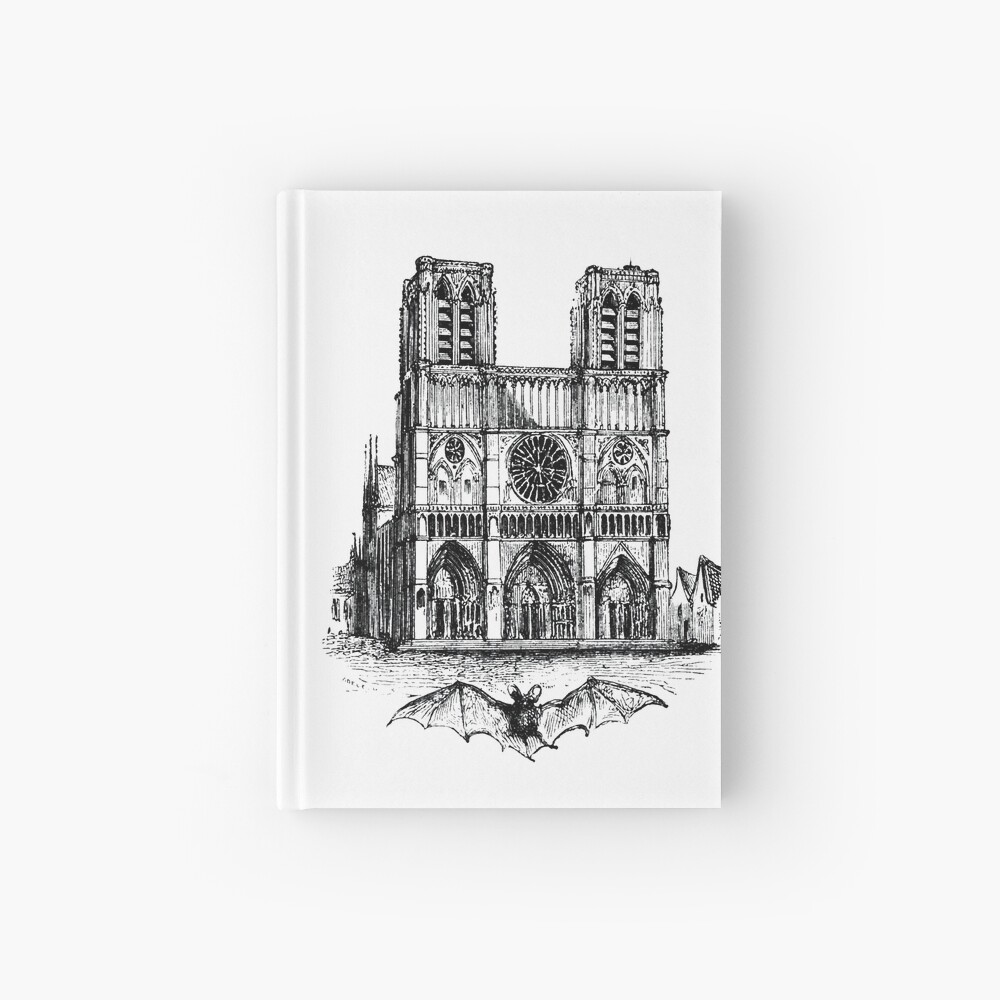

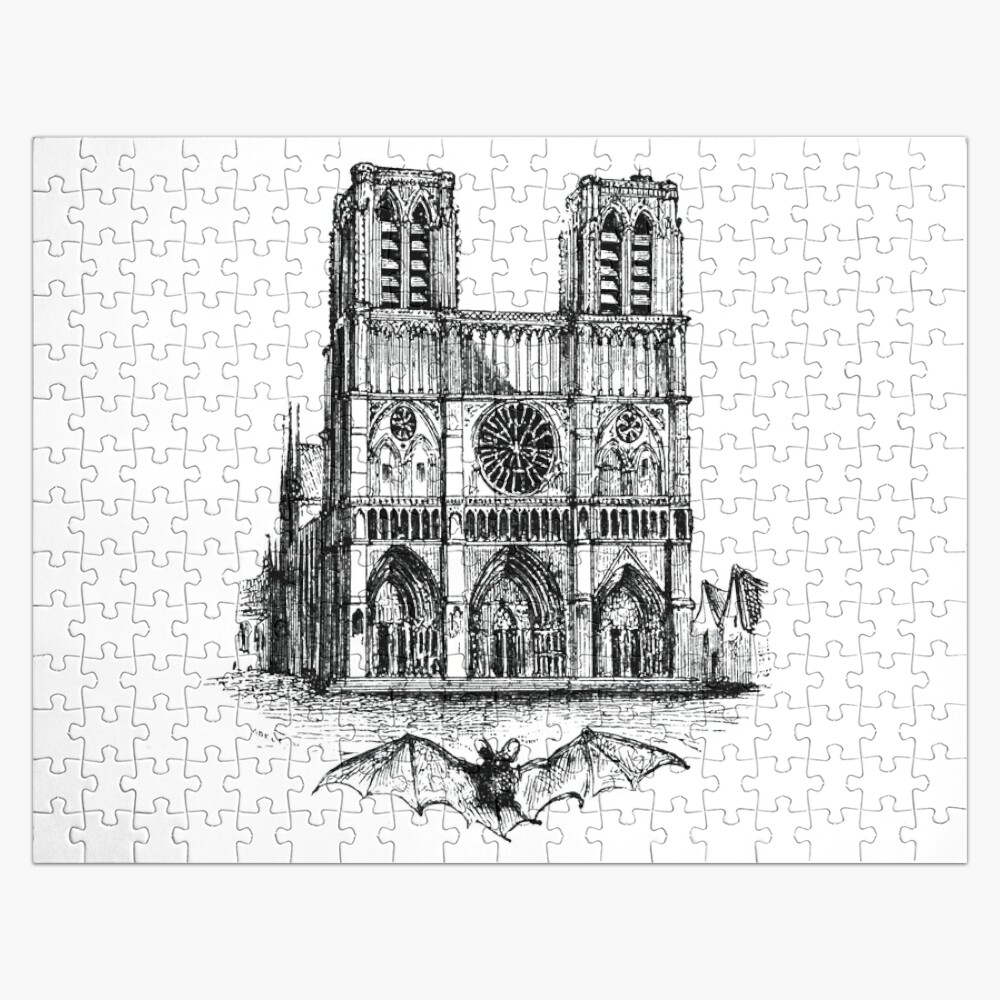


Notre-Dame de Paris (/ˌnɒtrə ˈdɑːm, ˌnoʊtrə ˈdeɪm, ˌnoʊtrə ˈdɑːm/; French: [nɔtʁə dam də paʁi] (About this soundlisten); meaning "Our Lady of Paris"), referred to simply as Notre-Dame,[a] is a medieval Catholic cathedral on the Île de la Cité in the 4th arrondissement of Paris. The cathedral was consecrated to the Virgin Mary and considered to be one of the finest examples of French Gothic architecture. Its pioneering use of the rib vault and flying buttress, its enormous and colourful rose windows, as well as the naturalism and abundance of its sculptural decoration set it apart from the earlier Romanesque style. Major components that make Notre Dame stand out include one of the world's largest organs and its immense church bells. The cathedral's construction was begun in 1160 under Bishop Maurice de Sully and was largely complete by 1260, though it was modified frequently in the following centuries. In the 1790s, Notre-Dame suffered desecration during the French Revolution; much of its religious imagery was damaged or destroyed. In the 19th century, the cathedral was the site of the coronation of Napoleon I and funerals of many Presidents of the Republic. Popular interest in the cathedral blossomed soon after the publication, in 1831, of Victor Hugo's novel Notre-Dame de Paris (better known in English as The Hunchback of Notre-Dame). This led to a major restoration project between 1844 and 1864, supervised by Eugène Viollet-le-Duc. The liberation of Paris was celebrated within Notre-Dame in 1944 with the singing of the Magnificat. Beginning in 1963, the cathedral's façade was cleaned of centuries of soot and grime. Another cleaning and restoration project was carried out between 1991 and 2000. The cathedral was one of the most widely recognized symbols of the city of Paris and the French nation. As the cathedral of the Archdiocese of Paris, Notre-Dame contains the cathedra of the Archbishop of Paris (Michel Aupetit). In 1805, Notre-Dame was given the honorary status of a minor basilica. Approximately 12 million people visit Notre-Dame annually, making it the most visited monument in Paris. The cathedral was renowned for its Lent sermons founded by the Dominican Jean-Baptiste Henri Lacordaire in the 1860s. In recent years, an increasing number have been given by leading public figures and state employed academics.
ReplyDelete